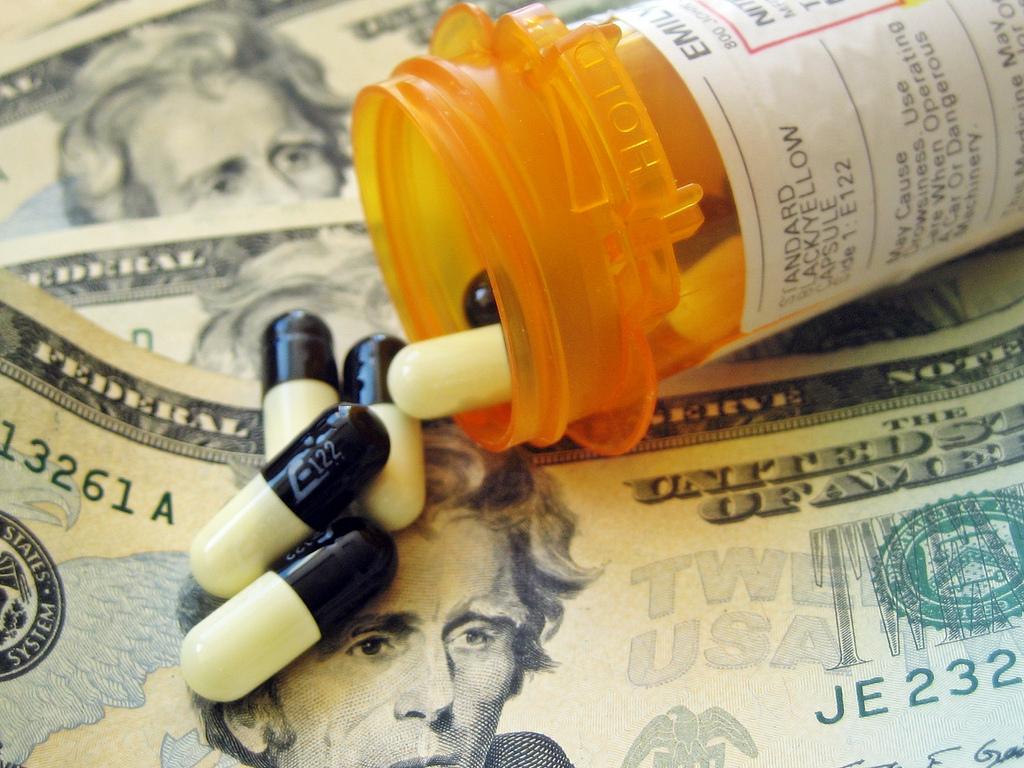We all wear lots of hats, and one of the most important is handling costs. If we spend too much, all hope is lost. Whether looking at the budget and pricing for personal family expenses, a Little League team, or an engineering company, clarity of information and ease of access to data is essential. However, in the US system, medical and drug costs exist in a byzantine structure, which if not devious, provides too much intricacy and complexity. It is much like the problem with the US tax system which has ballooned into 2,600 pages of tax code and tens of thousands of pages of interpretation.
Runaway healthcare costs in the US, including the price of drugs, is a complex issue that will not be easily solved. Looking at how other countries handle drug prices provides an idea of alternatives. For example, in Japan, the government sets prices for drugs, meaning Japanese consumers can easily afford them.
Today in the United States, the US government funds about half of all spending on pharmaceuticals through various government programs. If the US government is serious about reducing costs, why not institute price regulations to reduce the size and growth of pharmaceuticals/drugs for employers, taxpayers, individuals, and hospitals?
In the United States, there are regulations that prevent the introduction of a new and more expensive drug if its performance is not statistically better than a cheaper drug that already exists. However, these regulations are not strictly enforced, and drug companies end up introducing significantly more expensive drugs that don’t add any value. This is good for the bottom line of pharmaceutical companies but not for American taxpayers.
The clearest problem leading to the uncontrolled rise in prescription drug costs include the absence of pricing transparency, regulatory barriers against price controls, the lack of data on the cost-effectiveness of drugs, the structures of healthcare benefit plans, and loopholes that companies exploit to maintain monopolies on brand-name drugs. This ends up shutting lower-cost alternatives out of the market.
The following video from Bloomberg explains why US drug prices are so high.







